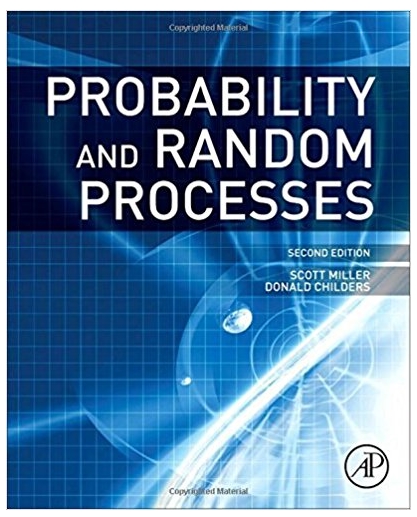In this problem, we revisit the light bulb. Recall that there were two types of bulbs, long-
Question:
.png)
The a priori probability of the bulb types were Pr (S) = 0.75 and Pr (L) = 0.25.
(a) If the two bulbs are tested and it is observed that the first bulb burns out after 200 h and the second bulb burns out after 75 h, which type of bulb was most likely tested?
(b) What is the probability that your decision in part (b) was incorrect?
(c) Determine what decision should be made for each possible observation pair, {X = x, Y =y}.That is, divide the first quadrant of the (x, y)- plane into two regions, one including all sets of points for which we would decide that the bulbs are S- type and its complement where we decide the bulbs are L- type.
Fantastic news! We've Found the answer you've been seeking!
Step by Step Answer:
Related Book For 

Probability and Random Processes With Applications to Signal Processing and Communications
ISBN: 978-0123869814
2nd edition
Authors: Scott Miller, Donald Childers
Question Posted:





